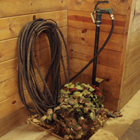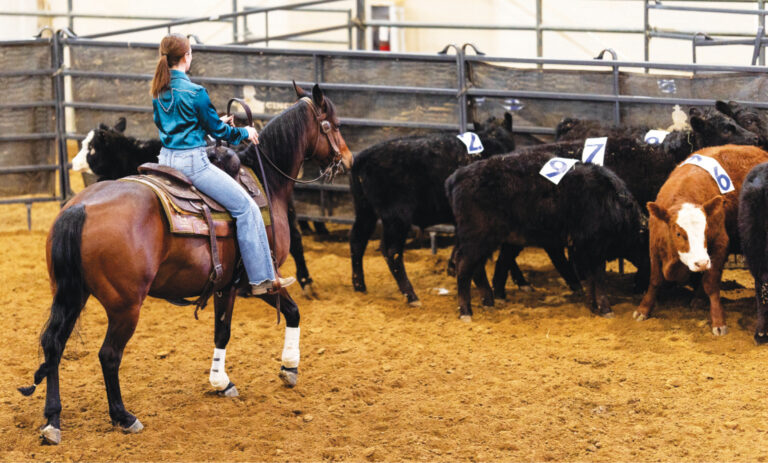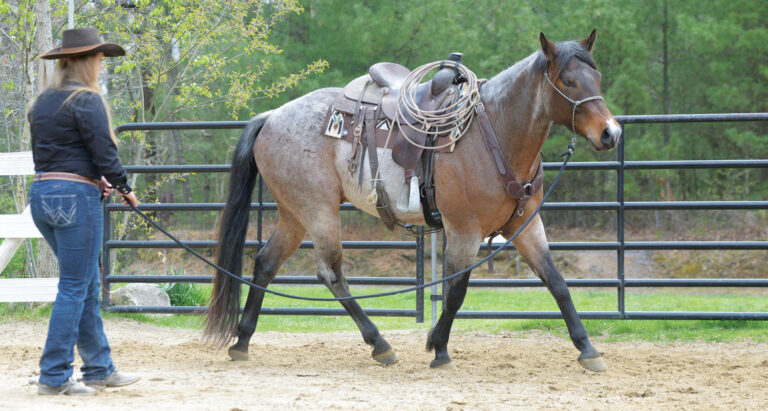While several models of freeze-proof waterers are available, no waterer will work when the water supply freezes. Both metal and plastic pipes are susceptible to freezing, and when temperatures drop, it’s hard to prevent the big chill. Unfortunately, frozen pipes often burst and can flood your barn. In fact, in one day, 250 gallons of water can spurt out of an 1/8-inch crack.

By taking a few simple precautions, you may be able to save yourself the mess, expense, and headaches of frozen pipes.
1. Insulate exposed pipes to help protect them from cold. Newspaper can provide a degree of insulation and protection to exposed pipes. Even a 1/4-inch layer of newspaper can provide protection in areas that don’t have frequent or prolonged below-freezing temperatures.
2. Keep pipes warm. Heat tape or thermostatically controlled heat cables, available from your local building supply and installed according to manufacturer’s instructions, can be applied to help keep your plumbing toasty when the mercury plunges.
3. Prevent heat leaks. Use caulk or insulation to seal leaks near where pipes enter the barn. Search around electrical wiring, dryer vents, water meters, and plumbing to find places to insulate. Pay special attention to interior pipes located along exterior walls.
4. Protect faucets. Disconnect garden hoses and, if practical, use an indoor valve to shut off and drain water from pipes leading to outside faucets. Dome-shaped commercial faucet covers may be used to insulate faucets from extreme cold. Don’t put antifreeze in water lines unless directed to do so. Antifreeze is environmentally harmful and is dangerous to animals, humans, and plants.
5. Keep water moving. Lukewarm water trickling through a pipe can help prevent pipes from freezing, so let water drip from a faucet served by exposed pipes when the weather is very cold. Ideally, the faucets left on should be located farthest from the water main entry to keep water moving through all the pipes.
Sue Weakley writes for Horse & Rider magazine.






